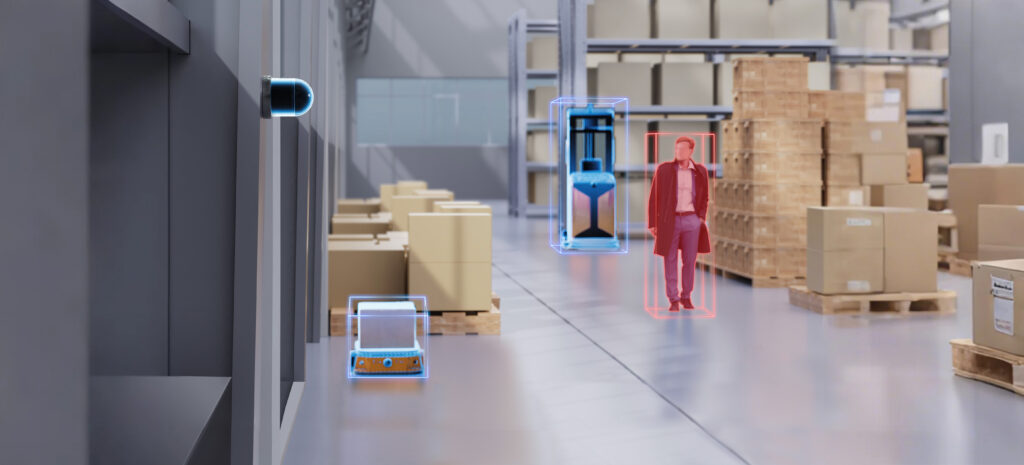
You may not have used lidar, but you must have heard of it. So, what is this new “mysterious technology”? Mysterious as it might sound, you can tell from the name.
First, its working principle is a laser. Second, it can scan the surroundings and detect objects like a radar.

So, how does lidar enhance environmental perception? In simple terms, a laser ranging module consists of a laser, a receiver, and a processor.
As we know, light is reflected when hitting a surface. The same is true for lasers. When a laser emits light and irradiates the surface of an object, it will reflect instantly and get picked up by the receiver.

Given the speed of light, the processor only needs to calculate the round-trip time of the laser beam in order to determine the accurate distance to this point. This point’s three-dimensional positioning can be calculated with the laser beam’s angle information. This is the ToF (Time of Flight), Time-of-Flight principle.

Just imagine, with countless lights, we can use these points to outline the details of all objects in three-dimensional space. This is the point cloud – the three-dimensional vision of lidar. Let’s take a look at a point cloud image of lidar, below. If you look carefully, it is easy to see that it is composed of points.

Hesai’s AT128 real point cloud
These points could clearly outline the details of pedestrians, zebra crossings, vehicles, street signs, trees, and other objects. A uniform and unstitched point cloud like this can restore the three-dimensional world and become the “eye” of smart vehicles. Leading car companies such as Li Auto, Jidu, HiPhi, and Lotus choose lidar as an essential sensor for its excellent performance.

Li Auto L9 carries multiple sensors
When people start to see more smart cars equipped with lidar on the road, they may not help to wonder: What advantages can lidar bring to smart vehicles?



